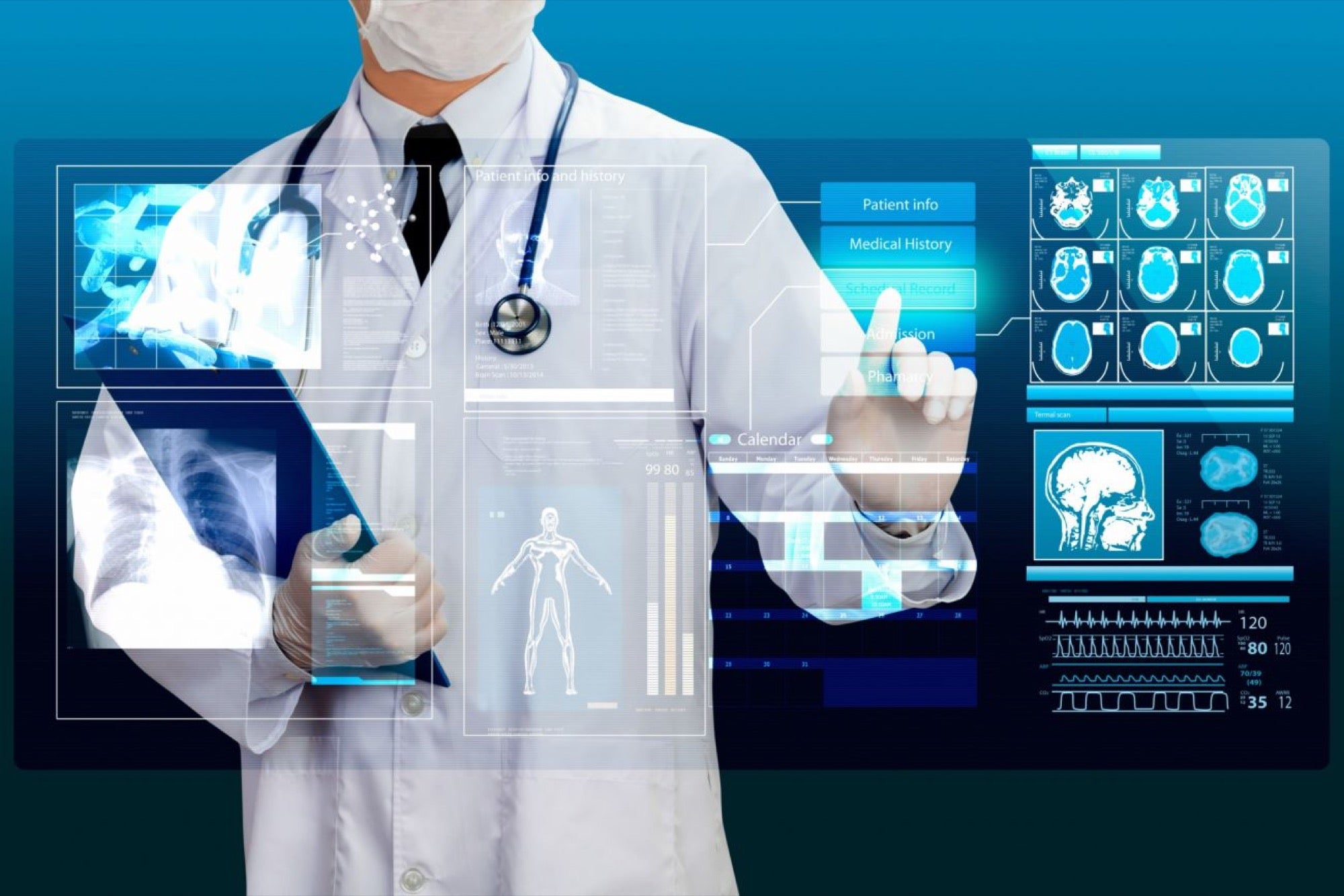How Technology Can Become a Catalyst in the Advancement of Healthcare For Women From areas of menstrual health, birth control, pregnancy, breast health to menopause-This is how technology can be a great help
By Adrit Raha
Opinions expressed by Entrepreneur contributors are their own.
You're reading Entrepreneur India, an international franchise of Entrepreneur Media.

"I have a brain and a uterus, and I use both." — Patricia Schroeder
It has now been established, beyond any reasonable doubt, the role of women's health in demographic transition, the economic take-off and overall prosperity of a nation. However, for long, the patriarchal structure of societies, especially in developing nations, have relegated women's health to the end of the pecking order with women rarely having the same degree of access to even basic healthcare as their male counterparts. To exacerbate matters is the culture of secrecy and taboo surrounding women's health.
What do the Women Have?
Fortunately, in the last decade or so, movements such as #MeToo, RMNCH+A program by Government of India and literary works such as "Lean In", by Sheryl Sandberg, has certainly brought to centre stage the various struggles of modern day women, including the disparity in access to care. Such initiatives are leading to break down of societal taboos and empowering women to be more vocal about their health. Discussions are no longer confined to an OB-GYN office or spoken about in a hush-hush manner. However, for these movements to reach scale, be sustainable and make a lasting impact, the role of technology can never be undermined. With increasing advancement, acceptability and accessibility, technology holds tremendous promise to be a women's best friend when it comes to health.
mHealth to diagnostic tools, wearable trackers, and additional online services, technology now has the sophistication to transform women's health, empower them to be in charge of their own health choices and, most significantly, disrupt commonly held misconceptions. From areas of menstrual health, birth control, pregnancy, breast health to menopause, technology is effectively addressing the unique aspects. Touted as "Fem-Tech", technologies revolutionising women's health is garnering great interest from various communities, including physicians, health policymakers, pharmaceutical and medical devices companies and from investors alike.
Addressing the Problem Pin pointedly
While technology was always considered to be a key ingredient in addressing women's health issues, the recent advancements in the field of artificial intelligence, machine learning and data analytics, have enhanced the role of technology and is now widely believed to be the foundation upon which successful women's health program can be constructed. Providing a fillip to this transition is the increasing penetration of smartphones, focus on vernacular content, low bandwidth data rendering and acceptability of virtual modes of communication. A visit to an Ob-GYN office is now being replaced with virtual consultations, thereby saving time for both stakeholders, tracking of periods and ovulation is now as easy as downloading an app and letting it does the work for you, educating girls about puberty and mensuration, providing women of reproductive age about ovulation, managing their pregnancies and getting back to work, information on infertility and menopause, is no longer at the mercy of health educators alone. Education materials in the form of audio and video can now be made easily available to women of all age groups and at any remote part of the world.
Every woman is unique and so are her health challenges. A one size fits all approach has rarely helped. Advancements in the field of AI/ML and data analytics has helped break that barrier to a great extent. mHealth apps, wearable devices, EMR's etc. are proving to be a way to handle the five V's of Big Data (Velocity, Volume, Value, Variety, and Veracity). When utilised by data analytics engines, the big data transforms into extremely meaningful and actionable insights, thereby helping us understand the unique needs of women and her body. This, subsequently, leads to more personalised and customised care. Making it sui generis, the insights can not only help move from curative to preventive care but, also make it persuasive enough.
Technology is acting as a catalyst and bringing about a paradigm change in the way women's health issues are identified and addressed. Yet, the potential of technology has not been harnessed to its true potential and there remain several ways by which it can be made more ubiquitous, inclusive and intuitive. Nevertheless, technology in its current avatar is helping women's health movement in all the right ways. Women no longer need to do what they are supposed to do, but, what they want to do.











